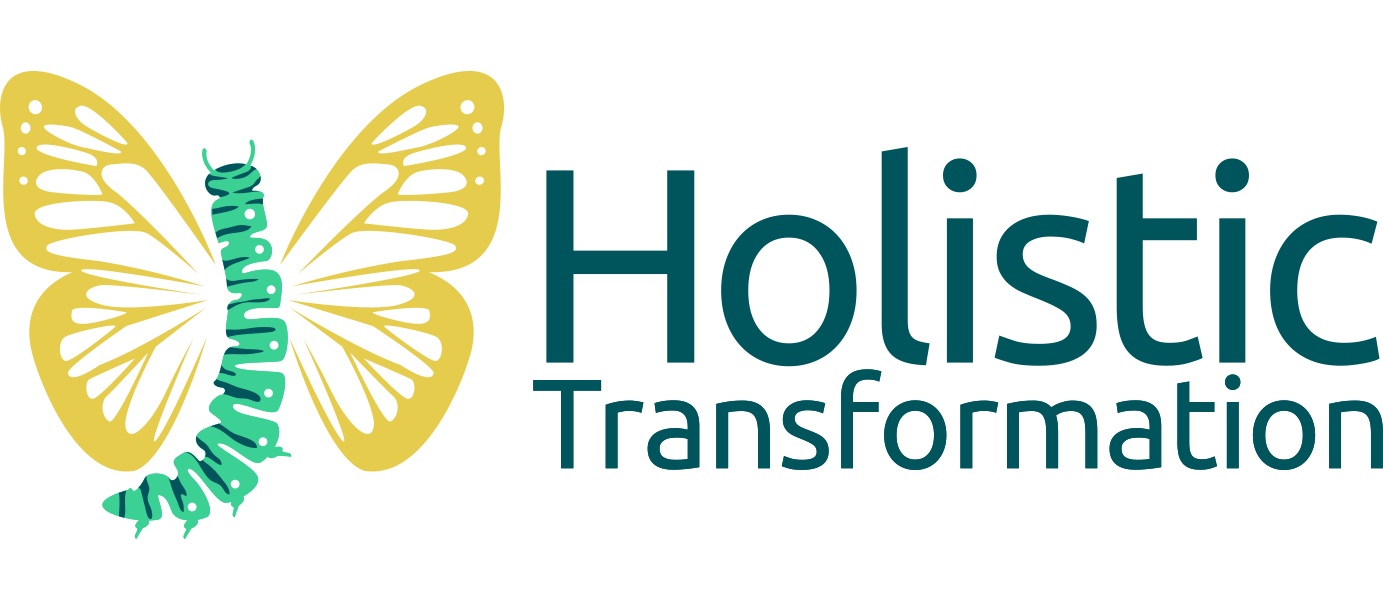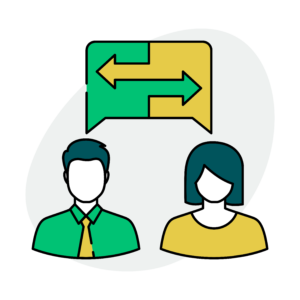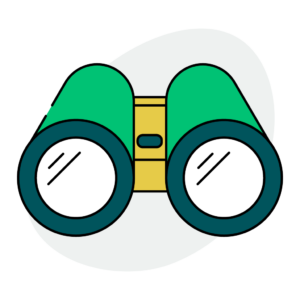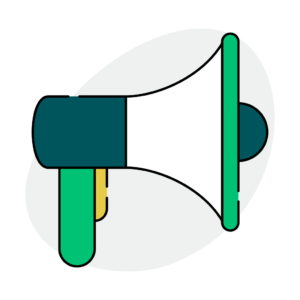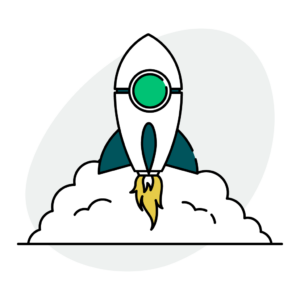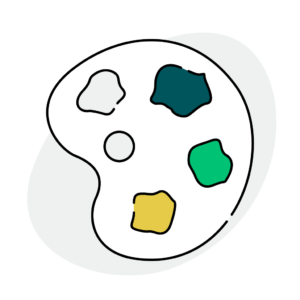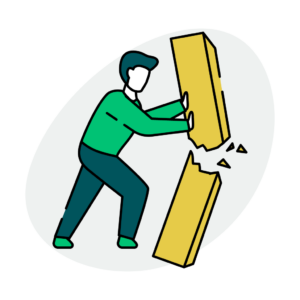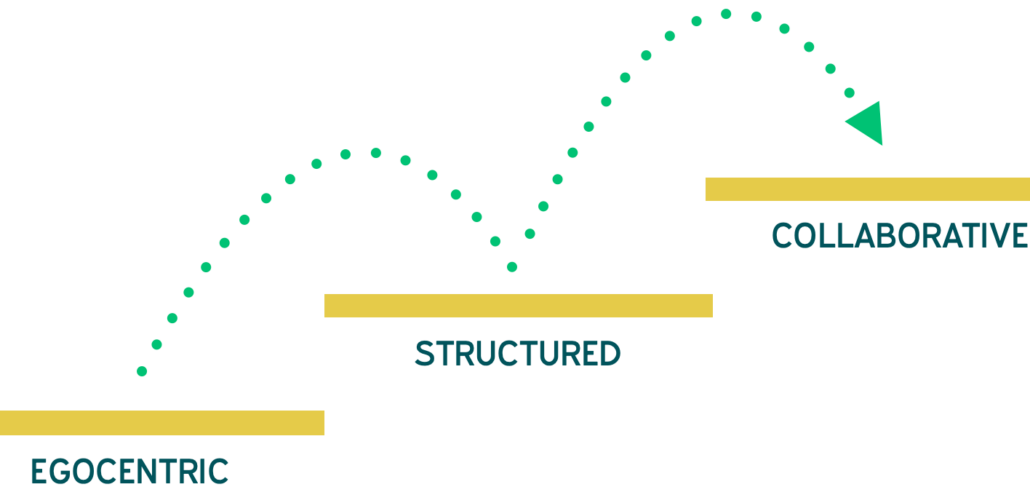Transformational coaching
Transformational coaching is about creating sustainable and significant change. It concerns how we can improve behaviours and outcomes by fostering a mindset and/or culture shift at different levels (organisational, team and individual) to create a better impact. This mindset/culture shift is what we call evolving or, colloquially, levelling up.
This is the big difference between transformation and transition. In a transition we change the method of doing something. In a transformation we change the mindset, the values, the principles and the method. Examples of transformation is from chaos to structure, from Waterfall to Agile, from technology focus to product focus, from listening to yourself to listening to others, from conflict to collaboration.
One key ingredient when transforming is that there is value in our current behaviours, we are doing them for a reason. For instance, there are a lot of good practices in Waterfall methods that can help in many situations. So for each step we take, we try to bring the best of the previous step into the next. We transcend and include to get the best possible outcome. As an example, using an Agile approach for higher risk products and a Waterfall approach for lower risk products.
A Holistic Transformation effort is one that considers many levels and parts of the system. Since the organisation, team or individual going through the change do(es) not work in a vacuum, looking what happens around it/them is necessary. It also considers and is open to different change processes depending on for instance the motivation of the system to go through a change effort. Processes could be plan-driven, goals-driven, needs-driven or non-mandated, where the latter one means there’s change wanting to happen but no support for it or that the planned change does not want to happen in the system. A holistic approach will most likely use different processes depending on the context and for sure look at the broader picture of the system.
Finally, to be able to evolve and create the impact that we seek, we need to deliberately create a space for evolving (organisational, team and individual development). My usual approach to this is to explain the parts of a transformation and define possible actions in each part. The parts are listed below with examples of actions:
Attain Comprehension
By understanding the current state of the organisation and the needs of the people involved, a first assessment is crucial for seeing what challenges and opportunities exist for the transformation.
Possible actions
- Stakeholder interviews
- Observation to assess current practices and behaviours
- Contextual interviews
- Active listening in one-on-ones with involved people, gathering needs/motivations
Promote Awareness
In order to be able to change, it is necessary that people are aware of the problems, gaps and needs, which helps people to identify the opportunities.
Possible actions
- Teaching mental models to help map out the situation
- Coaching individuals to help them visualise the situation
- Coaching leadership skill development
- Facilitating workshops to get a shared view of the situation
- Setting up metrics as enablers of awareness
Boost Ownership
Awareness can lead people toward engagement. The humans who are going through the change need to be responsible for the solution, with the coach acting as support only.
Possible actions
- Coaching individuals and teams to give them the means and (psychological) mandate to take on the problem and get them committed
- Follow up commitments and metrics
- Finding their spheres of influence and facilitate the conversation with their manager
Develop Competencies
Helping people learning new skills (both hard and soft competencies) is essential so that they feel that they can take responsibility themselves
Possible actions
- Coaching individuals to find answers themselves, through both horisontal and vertical (developmental, evolving) coaching
- Mentoring individuals to give advice from experience
- Teaching individuals and groups, mainly to inspire and create a learning culture
- Training specific leaders and team members in different subjects
Facilitate Barrier Removal
During a change initiative (i.e. transformation) there are lots of obstacles to adopting new behaviours and practices. A coach needs to be a good facilitator for these necessary obstacle removals.
Possible actions
- Visualise the driving and restraining forces to achieve a goal during a change initiative
- Work with leaders, adjacent teams, departments, etc. to get buy-in and support for the change
- Create deliberate developmental conversations to evolve effectively
- Consciously address an immunity to change to break down barriers
Catalyse Improvement
The primary element during the Agile coaching process is to provide support and facilitation throughout the change journey. Act as a catalyser for the change, if you may.
My coaching stance
- I challenge assumptions
- I have a holistic Integral approach to coaching (and my life)
- I focus on long-term continuous improvement and mindset shifts
- I do not harm the organisation
- I never push people, I offer and invite them to be coached
- I work myself out of a job, letting others take the lead
